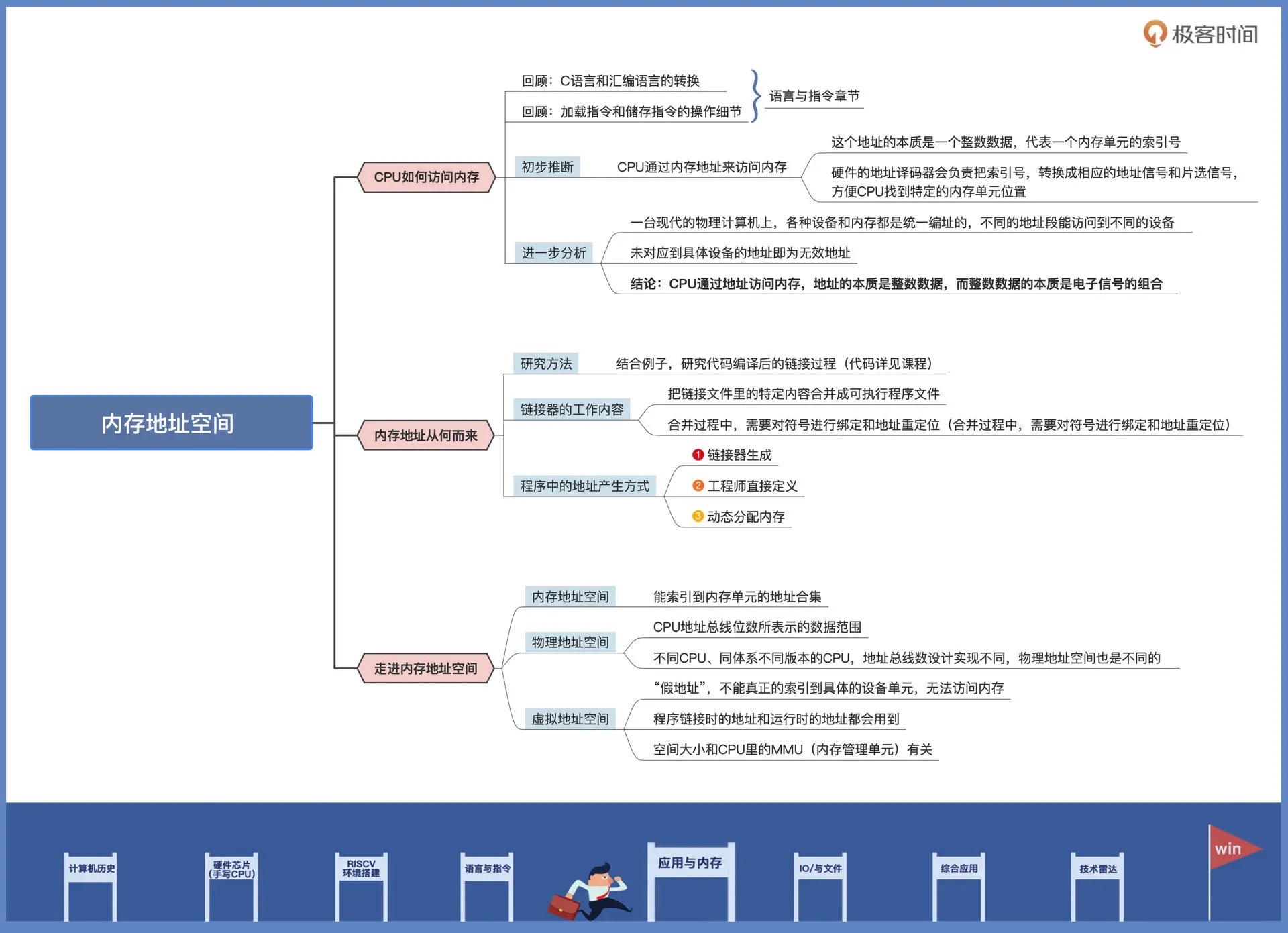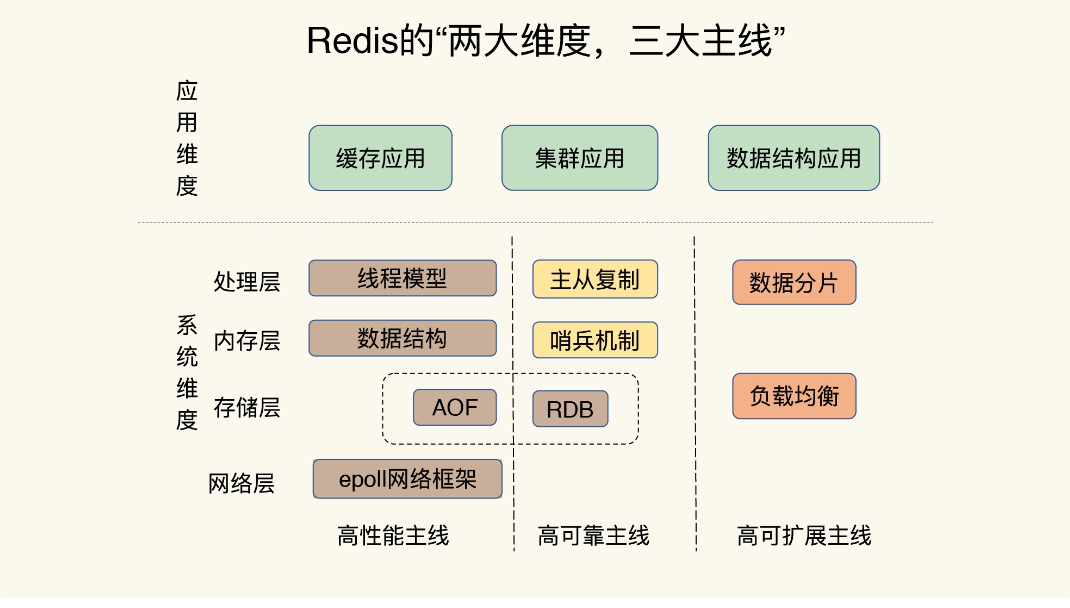杨 发布的文章
【Redis】有序集合内部分享
去年技术分享,分享了我对redis有序集合的理解,目录包括有序集合的用法、适用场景、底层原理。分享结束后同事们也进行了提问,收获颇多。
zset介绍
● 有序集合(sorted set)是排序的集合(set)。
● 集合是 string 类型元素的集合,且元素不允许重复。
● 有序集合每个元素会关联一个 double 类型的分值 score,通过 score 将集合成员从小到大排序。
微服务入门
微服务(Microservices)是一种软件架构风格。它以职责单一、细粒度的小型功能模块为基础,并将这些小型功能模块组合成一个复杂的大型系统。
【Golang】slice扩容机制
先上源码:
// growslice handles slice growth during append.
// It is passed the slice element type, the old slice, and the desired new minimum capacity,
// and it returns a new slice with at least that capacity, with the old data
// copied into it.
// The new slice's length is set to the old slice's length,
// NOT to the new requested capacity.
// This is for codegen convenience. The old slice's length is used immediately
// to calculate where to write new values during an append.
// TODO: When the old backend is gone, reconsider this decision.
// The SSA backend might prefer the new length or to return only ptr/cap and save stack space.
翻译过来:
Growslice处理附加过程中的切片增长。
//传递slice元素类型、旧slice和所需的新最小容量,
//它返回一个至少有相同容量的新片,包含旧的数据
//复制到它里面。
//新切片的长度设置为旧切片的长度,
//没有到新的请求容量。
//这是为了方便代码生成。 旧切片的长度立即被使用
//计算在追加过程中写入新值的位置。
// TODO:当旧的后端消失时,重新考虑这个决定。
// SSA后端可能更喜欢新的长度,或者只返回ptr/cap,以节省堆栈空间。
func growslice(et *_type, old slice, cap int) slice {
if raceenabled {
callerpc := getcallerpc()
racereadrangepc(old.array, uintptr(old.len*int(et.size)), callerpc, funcPC(growslice))
}
if msanenabled {
msanread(old.array, uintptr(old.len*int(et.size)))
}
if cap < old.cap {
panic(errorString("growslice: cap out of range"))
}
if et.size == 0 {
// append should not create a slice with nil pointer but non-zero len.
// We assume that append doesn't need to preserve old.array in this case.
return slice{unsafe.Pointer(&zerobase), old.len, cap}
}
newcap := old.cap
doublecap := newcap + newcap
if cap > doublecap {
newcap = cap
} else {
if old.cap < 1024 {
newcap = doublecap
} else {
// Check 0 < newcap to detect overflow
// and prevent an infinite loop.
//检查0 < newcap检测溢出
//和防止无限循环。
for 0 < newcap && newcap < cap {
newcap += newcap / 4
}
// Set newcap to the requested cap when
// the newcap calculation overflowed.
//将newcap设置为请求的上限
//新上限计算溢出。
if newcap <= 0 {
newcap = cap
}
}
}
var overflow bool
var lenmem, newlenmem, capmem uintptr
// Specialize for common values of et.size.
// For 1 we don't need any division/multiplication.
// For sys.PtrSize, compiler will optimize division/multiplication into a shift by a constant.
// For powers of 2, use a variable shift.
//特化et.size的公共值。
//对于1,我们不需要任何除法/乘法。
//对于sys。 PtrSize,编译器会将除法/乘法优化为一个常数的移位。
//对于2的幂,使用变量shift。
switch {
case et.size == 1:
lenmem = uintptr(old.len)
newlenmem = uintptr(cap)
capmem = roundupsize(uintptr(newcap))
overflow = uintptr(newcap) > maxAlloc
newcap = int(capmem)
case et.size == sys.PtrSize:
lenmem = uintptr(old.len) * sys.PtrSize
newlenmem = uintptr(cap) * sys.PtrSize
capmem = roundupsize(uintptr(newcap) * sys.PtrSize)
overflow = uintptr(newcap) > maxAlloc/sys.PtrSize
newcap = int(capmem / sys.PtrSize)
case isPowerOfTwo(et.size):
var shift uintptr
if sys.PtrSize == 8 {
// Mask shift for better code generation.
shift = uintptr(sys.Ctz64(uint64(et.size))) & 63
} else {
shift = uintptr(sys.Ctz32(uint32(et.size))) & 31
}
lenmem = uintptr(old.len) << shift
newlenmem = uintptr(cap) << shift
capmem = roundupsize(uintptr(newcap) << shift)
overflow = uintptr(newcap) > (maxAlloc >> shift)
newcap = int(capmem >> shift)
default:
lenmem = uintptr(old.len) * et.size
newlenmem = uintptr(cap) * et.size
capmem, overflow = math.MulUintptr(et.size, uintptr(newcap))
capmem = roundupsize(capmem)
newcap = int(capmem / et.size)
}
// The check of overflow in addition to capmem > maxAlloc is needed
// to prevent an overflow which can be used to trigger a segfault
// on 32bit architectures with this example program:
//
// type T [1<<27 + 1]int64
//
// var d T
// var s []T
//
// func main() {
// s = append(s, d, d, d, d)
// print(len(s), "\n")
// }
if overflow || capmem > maxAlloc {
panic(errorString("growslice: cap out of range"))
}
var p unsafe.Pointer
if et.ptrdata == 0 {
p = mallocgc(capmem, nil, false)
// The append() that calls growslice is going to overwrite from old.len to cap (which will be the new length).
// Only clear the part that will not be overwritten.
memclrNoHeapPointers(add(p, newlenmem), capmem-newlenmem)
} else {
// Note: can't use rawmem (which avoids zeroing of memory), because then GC can scan uninitialized memory.
p = mallocgc(capmem, et, true)
if lenmem > 0 && writeBarrier.enabled {
// Only shade the pointers in old.array since we know the destination slice p
// only contains nil pointers because it has been cleared during alloc.
bulkBarrierPreWriteSrcOnly(uintptr(p), uintptr(old.array), lenmem-et.size+et.ptrdata)
}
}
memmove(p, old.array, lenmem)
return slice{p, old.len, newcap}
}
<!--more-->
扩容策略看其中这几行代码:
newcap := old.cap
doublecap := newcap + newcap
if cap > doublecap {
newcap = cap
} else {
if old.cap < 1024 {
newcap = doublecap
} else {
// Check 0 < newcap to detect overflow
// and prevent an infinite loop.
for 0 < newcap && newcap < cap {
newcap += newcap / 4
}
// Set newcap to the requested cap when
// the newcap calculation overflowed.
if newcap <= 0 {
newcap = cap
}
}
}- 若新cap大于原cap的2倍,则新cap就是所需的cap。
若新cap小于等于原cap的2倍:
- 若原cap小于1024个字节,新cap为2倍的原cap
- 若原cap大于等于1024字节,新cap为原cap的1.25倍;若溢出了,则为原cap的2倍。
【MySQL】Buffer pool和Change buffer
内存地址空间:CPU如何访问内存
概念:
- 内存地址空间:就是能索引到内存单元的地址合集。
- 链接器:将应用程序与地址绑定。
- 地址总线:CPU用来访问内存的方式
- 地址译码器:CPU与内存地址的映射,可以是设备寄存器,也可以是内存单元。
- 物理地址空间:就是地址总线位数所表示的数据范围。
- 虚拟地址空间:除了CPU地址总线,操作系统都是使用虚拟地址。
- MMU(内存管理单元):转换机构,将虚拟地址转为物理地址,CPU才能访问。
内存地址

内存地址产生方式:
- 链接器对程序重定位后执行地址绑定,静态地址。
- 代码中直接定义地址。
- 动态分配内存,返回内存空间的首地址。
【Redis】redis的无锁并发访问
innoDB MVCC 实现原理
innoDB通过mvcc(多版本并发控制)来提高并发能力,通过版本快照,保证大部分读操作都不用加锁,性能很好。缺点是缺点是没行记录都需要额外的存储空间,需要做更多的行检查工作,以及一些额外的维护工作。
【Redis】客户端与服务器的通信
Redis 使用 RESP(REdis Serialization Protocol)协议定义了客户端和服务器端交互的命令、数据的编码格式。在 Redis 2.0 版本中,RESP 协议正式成为客户端和服务器端的标准通信协议。从 Redis 2.0 到 Redis 5.0,RESP 协议都称为 RESP 2 协议,从 Redis 6.0 开始,Redis 就采用 RESP 3 协议了。不过,6.0 版本是在今年 5 月刚推出的,所以,目前我们广泛使用的还是 RESP 2 协议。
【Redis】缓存一致性问题解决方案
业务上用redis做缓存,mysql做数据存储,如何保证数据一致性呢?
